This is a Chinese amulet coin used to gather health, status and self-improvement, which first appeared in the 17th century. On the front of it are the words “Zhouyuan Tongbao”. The real Zhouyuan Tongbao was minted in the second year of the Xiande era (955 AD) of Emperor Chai Rong of the Later Zhou Dynasty in the Five Dynasties. At that time, to alleviate the shortage of copper, Emperor Shizong ordered the destruction of Buddhist statues to mint coins, and 3,336 Buddhist temples were abolished, and the Buddhist statues were melted to make coins, which was historically known as “Buddhist coins”. Because its material originates from Buddhist sacred objects, the folk firmly believe that this coin contains the beliefs and power of Buddhism, and can ward off evil spirits and protect people from diseases – this is also the reason why we use ancient copper coins to smelt and cast amulet coins. According to the “Qiudeng Conghua” in the Northern Song Dynasty, holding Zhouyuan Tongbao can drive away plagues and cure diseases, and its “spirituality” is given the sacredness of “transformed from a Buddha’s body”, becoming a carrier for the common people to seek blessings. In the 17th century, that is, in the early Qing Dynasty, the folk borrowed the power of the name of Zhouyuan Tongbao to cast amulet coins.
The story of “Zhou Chu Slaying the Flood Dragon” on the back of the amulet coin comes from “A New Account of Tales of the World”. It tells the story of a young man named Zhou Chu in the Western Jin Dynasty. He was overbearing and caused harm to the hometown. Together with the tiger on Nanshan Mountain and the flood dragon in the water, they were called the “Three Evils”. The “flood dragon” here is actually a mythical creature. Its image is similar to a dragon, but it has no horns, and there are only three toes on its paws, and its habits are more like those of an evil dragon. Later, after Zhou Chu heard the evaluation of himself by his neighbors, he suddenly woke up, killed the tiger and the flood dragon and reformed himself, and finally became a loyal and prominent official. This story symbolizes the moral awakening and self-transcendence of “eliminating evil and turning to good”. In the coin relief, Zhou Chu swings his sword to slay the flood dragon and steps on auspicious clouds, and the flood dragon tumbles and struggles. The picture is full of tension, not only demonstrating bravery but also implying the cultivation meaning of “subduing inner demons”.
The design of this amulet coin integrates the dual beliefs of material and spirit: the “Buddhist copper” material of Zhouyuan Tongbao is regarded as a medium for communicating with the spiritual world, and its casting process contains the religious logic of “suppressing evil with the Buddha”. The wearer can obtain the belief power of warding off disasters and increasing blessings through it. The story of Zhou Chu conveys the educational meaning of “spiritual improvement”, inspiring the wearer to face up to their faults and pursue self-perfection, implying the elimination of various negative emotions, habits and behaviors of oneself. The shape of the coin is “round sky and square earth”, and the dynamic composition of Zhou Chu and the flood dragon implies the balance of yin and yang. The subtle chiseling marks on the edge strengthen the effect of the结界. It not only forms an energy cycle of “human-object-heaven and earth”, but also implies that external evaluations have both important and unimportant aspects.
The amulet coin with Zhouyuan Tongbao on the front and Zhou Chu Slaying the Flood Dragon on the back borrows the Buddhist spirituality of “Zhouyuan Tongbao” and is further strengthened by the story of “Zhou Chu Slaying the Flood Dragon”. Its spirituality not only originates from the “Buddhism nature” of the material, but also is rooted in the spiritual awakening behind the story, becoming a totem of belief that spans thousands of years.

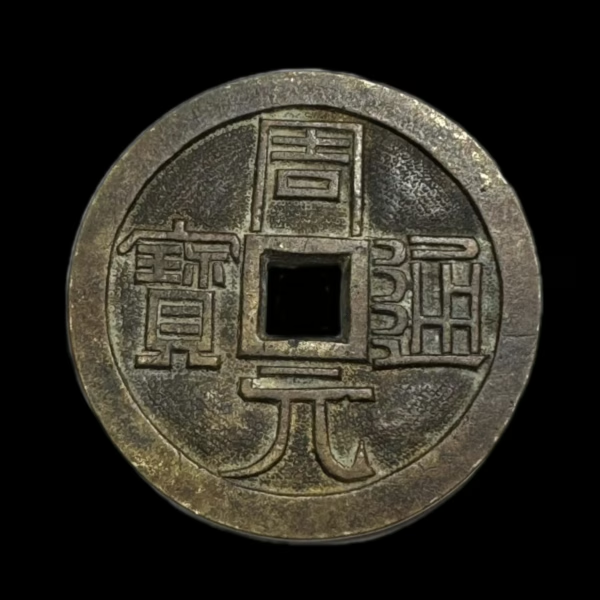

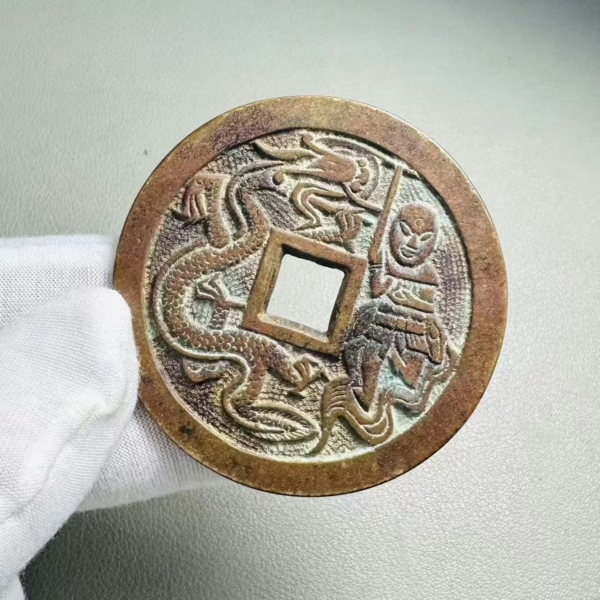

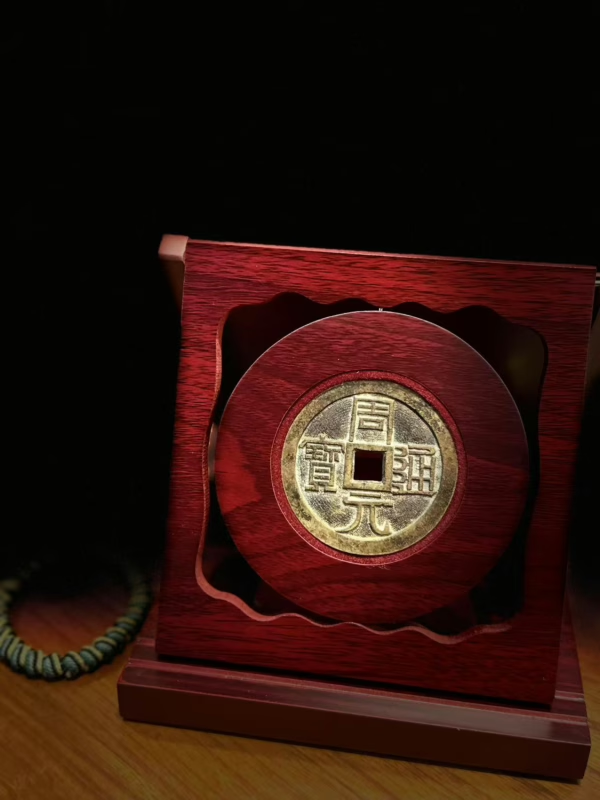
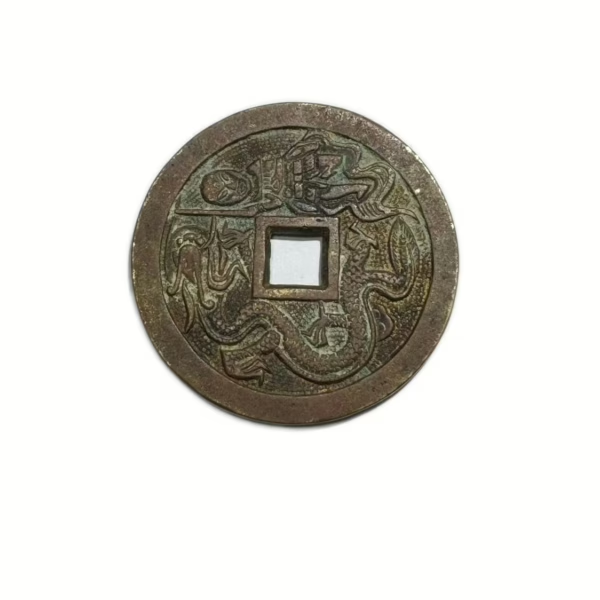
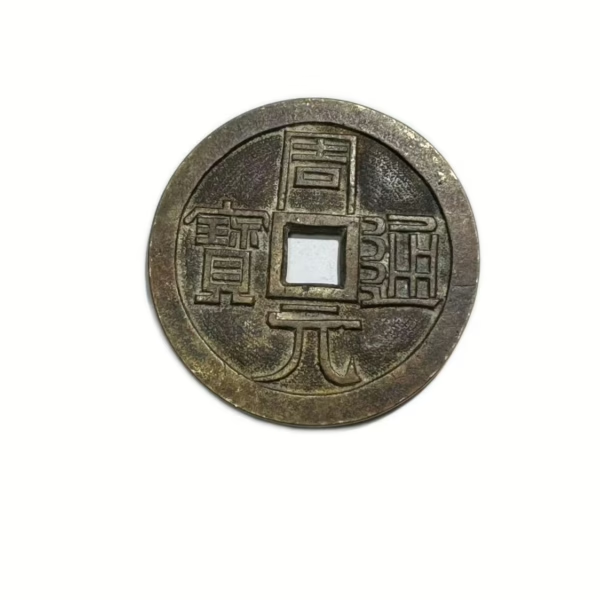
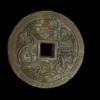
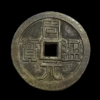
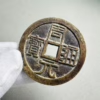
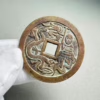
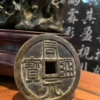

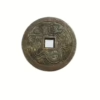
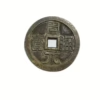
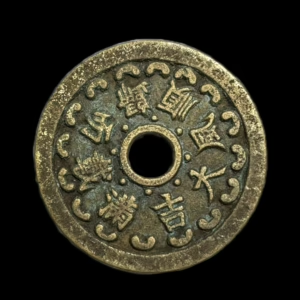
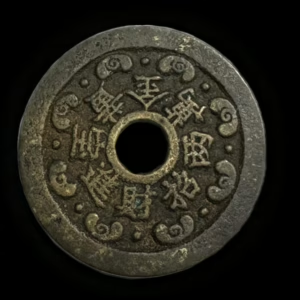
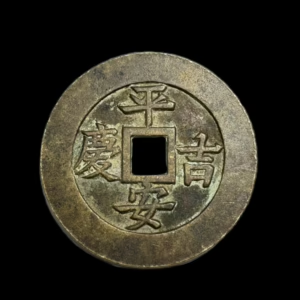
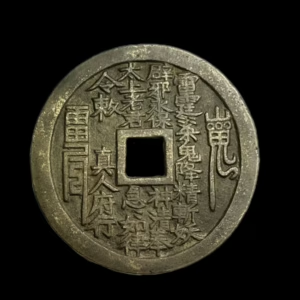
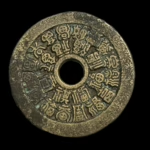
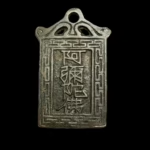
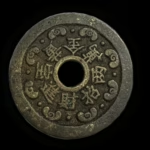
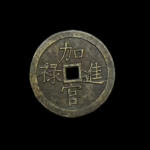
Reviews
There are no reviews yet.